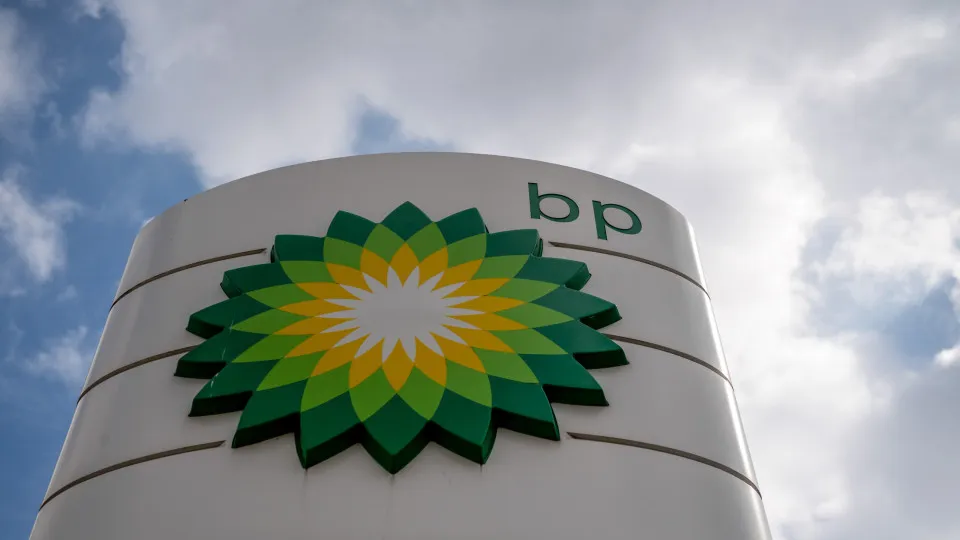
“Offshore wind energy will only be a reality when it’s economically viable; until then, no decisions have been made,” stated Minister Maria da Graça Carvalho during a five-hour parliamentary session evaluating the proposed State Budget for 2026.
The minister responded to inquiries from the Chega party regarding the development of offshore wind farms in the Porto district and potential reductions in fishing activities in these zones.
Carvalho emphasized that no decisions have been reached concerning this type of energy production, and currently, only a plan of potential areas for implementation exists.
“We will only authorize projects considering all environmental and economic impacts, and at present, offshore wind is far from being economically viable,” the minister highlighted.
The Offshore Renewable Energy Allocation Plan (PAER) was approved by the Council of Ministers on January 9 and outlines the national maritime space areas and volumes for commercial offshore wind energy exploration.
Initiated under the previous Socialist Government, the project aimed to establish a 10-gigawatt (GW) offshore wind farm in Portugal, identifying potential exploration areas including Viana do Castelo, Leixões, Figueira da Foz, Ericeira-Cascais, and Sines.
Fishing sector associations have voiced concerns about the impact on fishing communities and marine life, with the Strategic Environmental Assessment indicating that offshore wind installation “should lead to vessel decommissioning” and reduced fishing activity.
The final plan, published in the Diário da República on February 7, allows for a total exploration area of 2,711.6 square kilometers, including a 5.6 km2 area in Aguçadoura (Póvoa de Varzim) for non-commercial research and demonstration projects, representing a 470 km2 reduction from the proposal submitted for public discussion.
The plan details an area of 229 km2 in Viana do Castelo for 0.8 GW, 722 km2 in Leixões for 2.5 GW, 1,325 km2 in Figueira da Foz for 4.6 GW, 430 km2 in Sines for 1.5 GW, and 5.6 km2 in Aguçadoura.
“The final PAER area is expected to achieve an installed capacity for commercial projects of about 9.4 GW and to accommodate necessary environmental impact mitigation measures assessed during the evaluation of offshore renewable energy projects, as well as safeguarding navigation corridors and minimizing wake effects between wind farms,” the document states.




